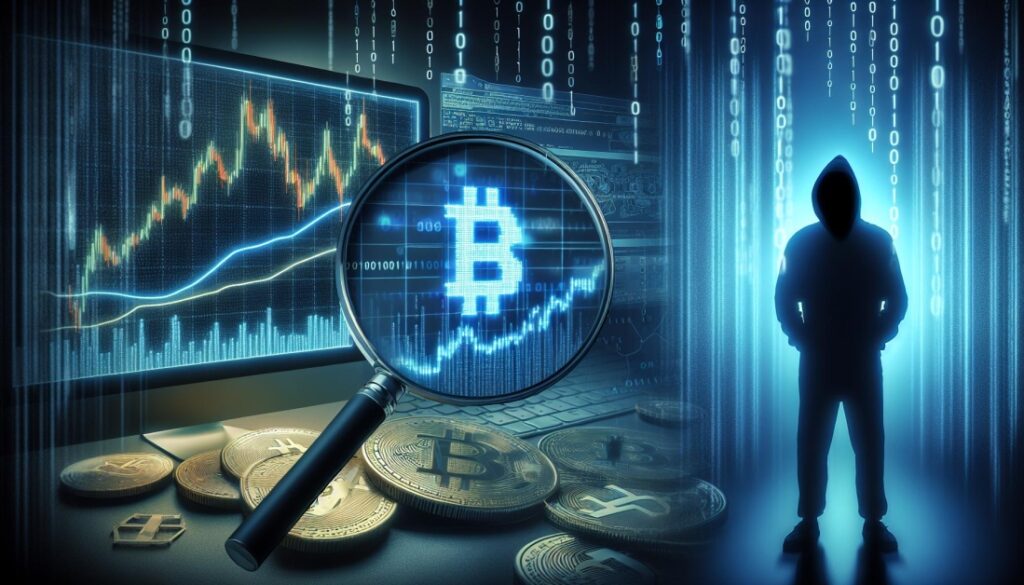Unraveling the Dark Side of Crypto

Eun Youngchoi, Director of the FBI National Cryptocurrency Enforcement Team, said at the Financial Times’ recent Crypto and Digital Assets Summit: “We see that cryptocurrencies and the digital assets actually touch every aspect of the criminal activity that we investigate .” This includes illegal activities across a wide spectrum, from ransomware, drug trafficking, rogue countries to terrorist financing. The use of cryptocurrencies is becoming increasingly popular for dirty dealings.
This article is part of AskFX State of Crypto WeekChainalysis sponsors the event. Evan Kohlmann, CEO of Cloudburst Technologiesa New York-based startup aimed at detecting and stopping digital currency fraud.
It is not difficult to understand why these players chose cryptocurrencies as their medium: digital currencies offer unprecedented anonymity and withdrawal options that are simply not available in the heavily regulated SWIFT banking systems. Crypto networks allow users to use them without having to add any identifying information to their accounts. By creating the Web3 financial world, we have moved from a data-rich environment to one where there is almost no data. The open-source nature of blockchain was not enough to stop market corruption.
To find transactions, investigators must rely on searching for anonymous digital wallets on the blockchain. There are many blockchain explorers available including Chainalysis and TRM Labs. Elliptic, CipherTrace and others. But even if you find a match, the transaction data is not enough to answer critical questions like “who, what, and where.”
Cyberintelligence can be obtained from Web2 sources such as Telegram and Discord.
According to Coinbase’s Special Investigations Team: “Unless you are the owner of an address, it is difficult to know for sure who owns an address.” This is why the blockchain -Analysis is more of an art form than a science.
In fact, the blockchain is just a cash receipt. To properly answer these attribution questions, other sources of information are required. In the event that “ultimate” attribution through ledger analysis is not possible, research shifts to the world of OSINT, from which “a lot” can be learned.
Telegram, Discord and other traditional Web2 sources of cyberintelligence can provide a lot of important information for solving a criminal conspiracy and identifying the people involved. These platforms have chat rooms dedicated to crypto fraud with millions of participants. This helps illustrate the extent of the problem.
It is challenging to monitor all of these conversations at once, analyze the data in real time, eliminate false positives, and track down the perpetrators. This is a difficult task as Telegram and other platforms are popular among scam organizers due to the supposed anonymity and security they offer.
The public and private sectors are blind and unprepared in the face of current financial risks. Threat intelligence should not be limited to announcing risks after they have occurred. Verifying an individual’s involvement in illegal online activities should not be based solely on their digital wallet address.
This existential question can be answered with a name, an email address and a telephone number. It’s no different than in the financial world. It is not a problem based on new laws passed by Congress. Rather, it is about ensuring that those responsible for financial monitoring and enforcement have the right investigative tools at their disposal. There is potential for a large market for cryptocurrencies in the future once they shed their bad reputation of being used for money laundering, tax fraud and scams.


